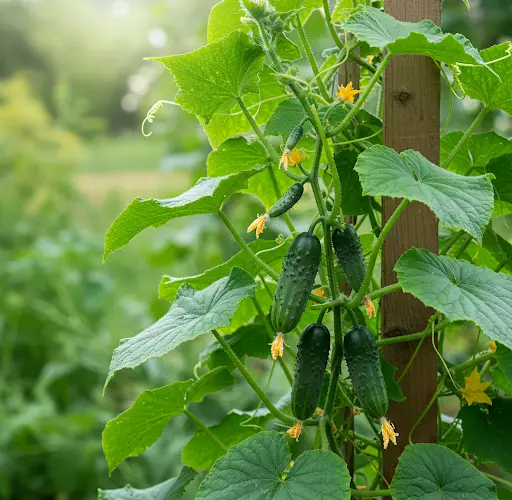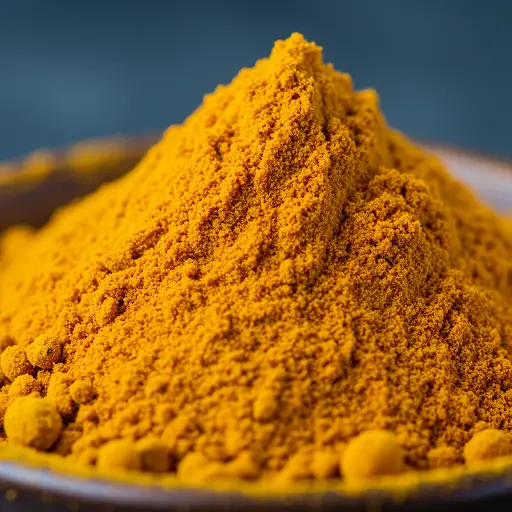Essential Tips for Healthy Cucumbers: Protecting Against Weeds and Pests
Cucumbers are a popular vegetable in many gardens, known for their refreshing taste and high yield. However, keeping cucumber plants healthy and free from weeds and pests can be a challenge for both experienced and novice gardeners. If you’ve ever struggled to protect your cucumbers from these common garden threats, you’re in the right place! This article covers essential tips and tricks to ensure your cucumber plants thrive and are well-protected against weeds, pests, and other challenges that can hinder their growth.
Why Protection is Essential for Cucumbers
Cucumbers, like all plants, need the right combination of sunlight, water, and nutrients to grow successfully. However, they also face several natural threats that can stunt their growth or reduce their yield. Weeds and pests are two of the most common culprits that gardeners must contend with when growing cucumbers.
Weeds are a major issue because they compete with cucumber plants for essential resources, including water, nutrients, and space. If not managed, they can quickly take over a garden bed, preventing cucumbers from getting the nutrients they need. Similarly, pests such as aphids, cucumber beetles, and whiteflies can damage cucumber plants, causing them to become weak or even die.
Fortunately, there are simple, natural ways to protect your cucumber plants from these threats and ensure that they grow strong, healthy, and productive.
Step 1: Mulching to Prevent Weeds
One of the easiest and most effective ways to protect your cucumber plants from weeds is by applying mulch. Mulch is a natural material that you spread over the soil around your plants, creating a protective layer. This barrier prevents weed seeds from sprouting and competing with your cucumbers. Additionally, mulch helps to retain moisture in the soil, which is especially important for cucumbers, as they require consistent moisture to grow well.
You can use a variety of organic materials for mulch, including straw, grass clippings, or shredded leaves. These materials not only suppress weed growth but also break down over time, enriching the soil with valuable nutrients. The best part is that mulch allows water to penetrate the soil while keeping weeds at bay, providing your cucumbers with both protection and nourishment.
Step 2: Natural Pest Repellent Solution
In addition to mulching, it’s important to address the problem of pests. Common pests such as aphids, cucumber beetles, and whiteflies love to feast on cucumber plants, often causing significant damage. While there are many chemical pesticides on the market, using natural remedies is a safer and more sustainable way to protect your cucumbers.
One such solution involves a simple mixture made from common household items. This combination of baking soda, vegetable oil, and water is an effective natural pesticide and fungicide that can protect your cucumber plants from pests and fungal diseases. Here’s how to make it:
Ingredients:
-
1 liter of water
-
1 tablespoon of baking soda
-
1 tablespoon of vegetable oil
Instructions:
-
Mix the water, baking soda, and vegetable oil thoroughly in a spray bottle.
-
Shake the mixture well to ensure it’s properly blended.
-
Apply the solution to your cucumber plants, focusing on the undersides of the leaves, where pests tend to hide.
-
Repeat the application once a week, especially after rainfall, to maintain protection.
The baking soda in this mixture acts as a natural fungicide, helping to prevent fungal infections, while the vegetable oil helps suffocate and repel insects. Together, these ingredients create a powerful, yet gentle, solution that keeps your cucumbers healthy and pest-free. Over time, this mixture can also help enhance the overall vigor of your plants, leading to stronger growth and higher yields.
Step 3: Regular Watering and Care
While mulching and pest control are essential for cucumber health, regular watering is just as important. Cucumbers are high-water plants and require consistent moisture to grow properly. Be sure to water your cucumber plants deeply, providing them with enough moisture to keep the soil evenly moist. However, be careful not to overwater, as soggy soil can lead to root rot.
Water your cucumbers in the early morning or late afternoon to reduce evaporation and allow the plants to absorb moisture more effectively. In hot climates, consider using drip irrigation or soaker hoses to provide a steady supply of water directly to the plant roots.
Step 4: Pruning for Better Airflow
Another important step in caring for cucumbers is proper pruning. As cucumber vines grow, they can become dense, creating areas of poor airflow. This can increase the likelihood of fungal diseases and pest infestations. Pruning your cucumber vines regularly will help promote better airflow and reduce the risk of these problems.
Focus on removing any yellowing or damaged leaves, as well as any lateral shoots that are not producing fruit. By opening up the plant, you allow better air circulation, which helps to keep your cucumbers healthy and reduces the chances of pests and diseases taking hold.
Final Thoughts
By following these simple tips, you can protect your cucumbers from weeds, pests, and diseases, ensuring a healthy and bountiful harvest. Mulching is a great first step to prevent weeds, while natural pest repellents, regular watering, and proper pruning will help your cucumbers thrive. The baking soda and vegetable oil mixture is an easy-to-make, natural solution that can keep your plants safe from common garden threats.
With these methods in place, your cucumber plants will be better equipped to grow strong and produce delicious, juicy fruit throughout the growing season. Happy gardening!



